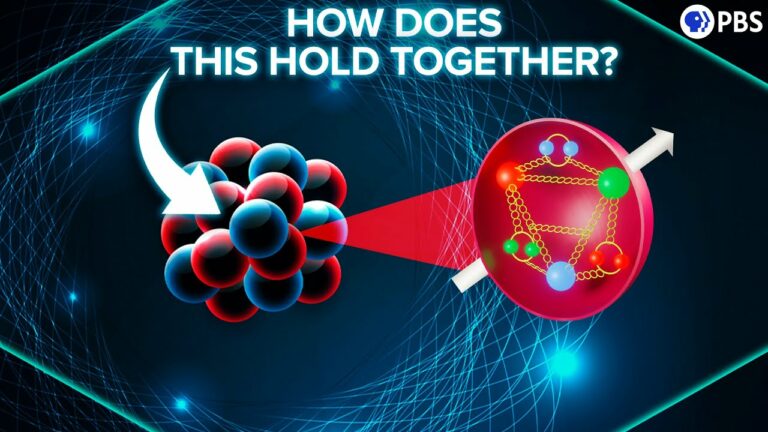How Does The Nucleus Hold Together?
The nucleus of an atom is held together by the strong nuclear force, also known as the strong interaction. The strong nuclear force is one of the four fundamental forces of nature, along with gravity, electromagnetism, and the weak nuclear force.
The strong nuclear force is responsible for binding protons and neutrons together in the nucleus, despite the fact that protons, which are positively charged, would typically repel each other. The strong force overcomes the electromagnetic repulsion between protons by acting over a very short range, only a few femtometers, which is about the size of a single proton or neutron.
The strong force is mediated by particles called gluons, which are exchanged between quarks, the building blocks of protons and neutrons. This creates a field of energy that holds the nucleus together.
The strength of the strong force also depends on the number of nucleons (protons and neutrons) in the nucleus, with larger nuclei requiring more energy to keep their nucleons bound together. This is why larger nuclei can become unstable and undergo radioactive decay.
Two protons next to each other in an atomic nucleus are repelling each other electromagnetically with enough force to lift a medium-sized labradoodle off the ground.
Release this energy and you have, well, you have a nuclear explosion. Just as well there’s an even stronger force than the electromagnetism holding our nuclei together. But it’s not the strong force, as you might have imagined. At least not directly.
Nuclei are held together by a quirk of nature, without which we would have no complex atoms, no chemistry, and certainly no labradoodles.
Do not forget to share your opinion with us to provide you with the best posts !




0 Comments